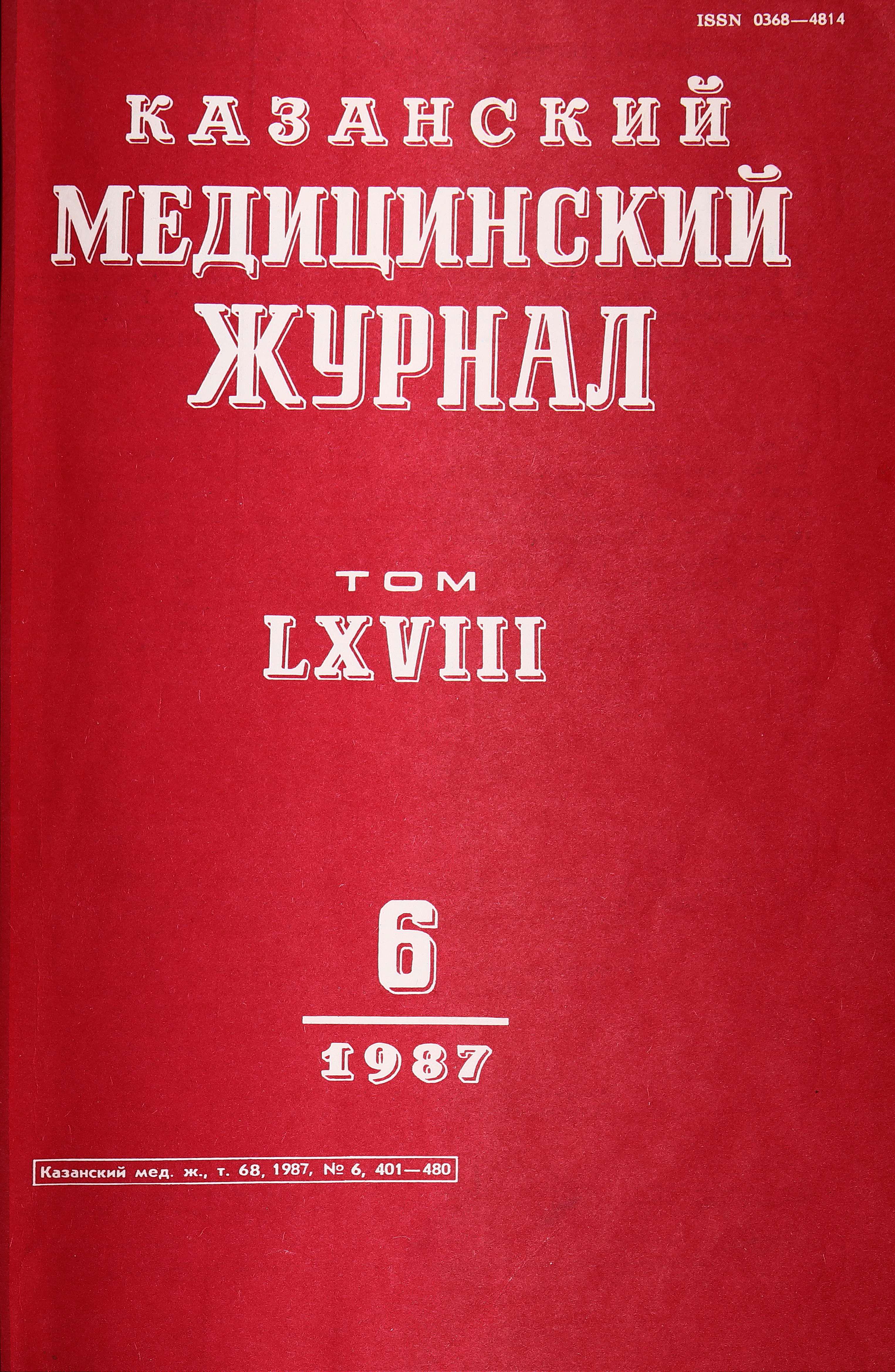Метаболические основы ожоговой интоксикации и пути дезинтоксикационной терапии
- Авторы: Лифшиц Р.И.1
-
Учреждения:
- Челябинский медицинский институт
- Выпуск: Том 68, № 6 (1987)
- Страницы: 405-407
- Тип: Статьи
- URL: https://bakhtiniada.ru/kazanmedj/article/view/96571
- DOI: https://doi.org/10.17816/kazmj96571
- ID: 96571
Цитировать
Полный текст
Аннотация
Патогенез ожоговой токсемии представляет собой одну из центральных проблем комбустиологии. Благодаря успехам противошоковой терапии летальность от ожогов в настоящее время наблюдается в основном не в состоянии шока, а в периодах токсемии и септикотоксемии. Существует настоятельная необходимость изучения патогенеза эндогенной интоксикации после термических поражений и разработки наиболее перспективных путей дезинтоксикационной терапии. Совершенно очевидно, что для этого требуется решение целого ряда взаимосвязанных вопросов: выяснение характера патохимических реакций в связи с функцией различных органов и систем, их зависимости от площади и глубины поражения, природы токсических продуктов, определяющих происходящие изменения, и, наконец, целесообразных путей их инактивации или удаления из организма. Большинство приведенных вопросов в течение ряда лет изучалось сотрудниками кафедры биохимии Челябинского мединститута и областного ожогового центра, являющегося клинической базой кафедры.
Ключевые слова
Полный текст
Открыть статью на сайте журналаОб авторах
Р. И. Лифшиц
Челябинский медицинский институт
Автор, ответственный за переписку.
Email: info@eco-vector.com
Россия, Челябинск
Список литературы
- Абрамовская Л. В.//Mорфо-функциональная характеристика органов иммунной системы при экспериментальной ожоговой токсемии.— Автореф. канд. дисс.— Челябинск, 1985.
- Лифшиц Р. И.//В кн.: Метаболические основы острой ожоговой токсемии.— Челябинск, 1977.
- Лифшиц Р. И.//Вопр. мед. химии.— 1980.— № 1.— С. 63—66.
- Однопозов А. К.//Вопросы биохимической оценки течения ожоговой болезни и эффективности ее лечения.— Автореф. канд. дисс.— Челябинск, 1986.
- Саломатин В. В., Лифшиц Р. И.//Вопр. мед. химии.— 1984.— № 3.— С. 120—124.
- Федоров Н. А., Мовшев Б. Е., Недошивина Р. В., Корякина И. К.//Ожоговая аутоинтоксикация. Пути иммунологического преодоления.— М., Медицина, 1985.
- Chang Т., Lister С.//In: Artific. Organs.— Paris, 1981.— Vol. 4.— P.169—172.
- Lefer A.//Klin. Wochenschr.— 1982.— Bd. 60.— S. 713—716.
- Oules R.//In: Artific. Organs.— 1981.— Vol. 4.— P. 177—183.
Дополнительные файлы





